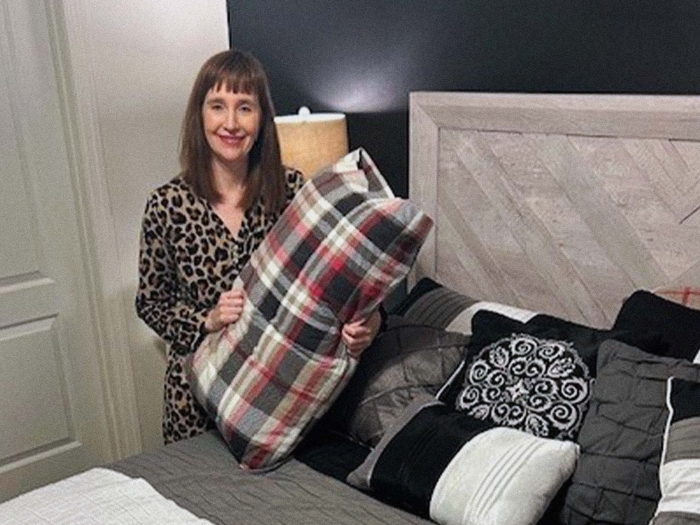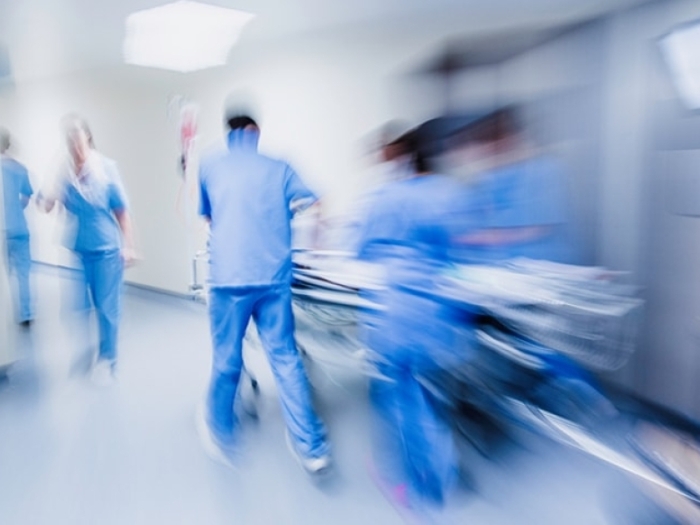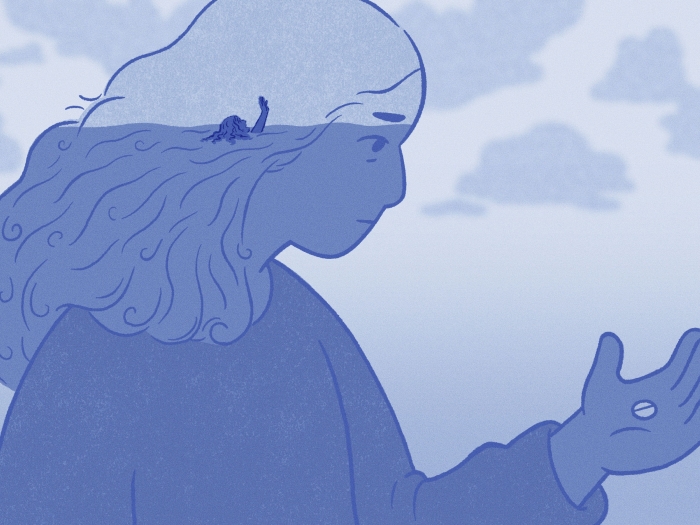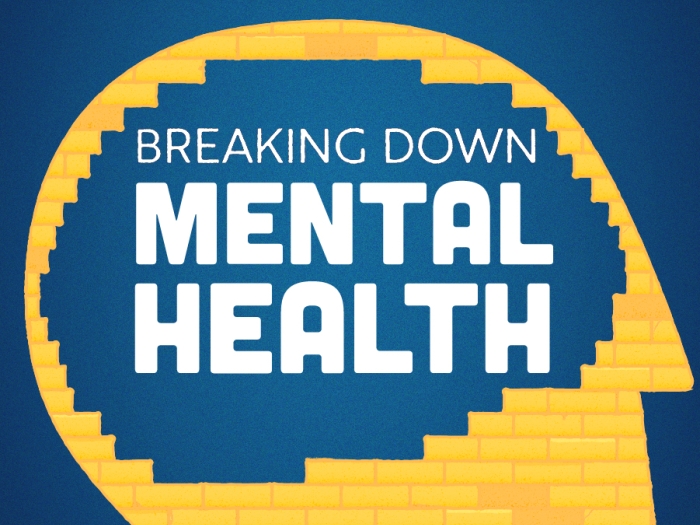Sleep experts warn that extreme sleepiness may not be from stress, but a sleeping disorder.
3:25 PM
Author |

Exceptional sleepiness doesn't always mean you're stressed out or have a busy schedule. Michigan Medicine's Shelley Hershner, M.D., and Andrew Berkowski, M.D., say it could be narcolepsy.
The sleep disorder causes excessive daytime sleepiness regardless of how much rest you get. It often presents in young adults in high school or college so diagnosis may be delayed as students assume that their dozing off is due to the combination of classes, extracurricular activities and jobs.
"Sleepiness is often more obvious if you're in a quiet place, maybe reading or studying," Hershner says. "But when excessive and not related to inadequate sleep or a different sleep disorder, it could be this serious condition that affects 25-50 of 100,000 people."
Although considered an uncommon disorder, those who live with narcolepsy have a lower quality of life. It can impact employment opportunities, driving capabilities and achieving milestones like graduation because of missed classes. The disruption of sleep and burden of symptoms on daily life also correlate to more mood disorders.
For these reasons, Hershner and Berkowski, both neurologists at Michigan Medicine's Sleep Disorders Centers, are passionate about raising awareness of the condition.
What narcolepsy looks like
According to Hershner and Berkowski, the sleep disorder can present differently:
-
Type 1
-
Type 2
Type 1 is a condition where the body's immune system attacks cells that produce hypocretin, a certain chemical in the brain that regulates sleep and wakefulness. Without it, you have irregular sleep cycles and can rapidly fall asleep without warning.
A unique feature of this narcolepsy type is cataplexy, which is sudden onset of muscle weakness in response to strong emotion, like laughter.
"Cataplexy can cause the head to bob or legs to give out while the patient is awake. Some people aren't even aware they experience it," Berkowski says. "The muscles begin to go into a state of sleep similar to when we're in rapid eye movement (REM) sleep, when the muscles are paralyzed."
And people with both type 1 and type 2 experience fragments of dreams that come into consciousness while transitioning in and out of sleep.
"Someone might think they see a spider on the wall, or a person in the room. It lasts one to two minutes," Hershner says. "Similar to cataplexy, some people have sleep paralysis at the same time and can't move."
Recent research suggests a chemical in the brain called gamma-aminobutyric acid, which makes people sleepy, could be dysfunctional in those with idiopathic hypersomnia, Berkowski says.
Patients with this disorder feel tired all the time and sleep for longer than usual. They may get a good 10 hours of sleep every night but still feel groggy most of the day. They can fall asleep quickly, but unlike type 1, they don't have other disruptions to their sleep cycles.
MORE FROM MICHIGAN: Sign up for our weekly newsletter
Getting diagnosed
There are barriers to narcolepsy diagnosis because it isn't as obvious as a broken arm. You may not know you keep falling asleep during the day, and friends and family might overlook it.
It's important to see a specialist who can run thorough tests and exclude medical reasons for your sleep troubles. An overnight sleep study can rule out obstructive sleep apnea as well as assure you got enough sleep the night before.
Regular causes of excessive daytime sleepiness like inconsistent sleep-wake cycles are much more common than narcolepsy, so it's important to consider sleep behaviors that could be drowsiness culprits.
"During the sleep study, the patient will wear a watch that measures sleep and wake patterns," Hershner says. "Following the sleep study is the Multiple Sleep Latency Test, which gives a patient five opportunities to sleep. It tests how quickly they fall asleep and in what stages of sleep they go into."
If you go into REM sleep within 20 minutes (quicker than the normal timeframe of between 90-120 minutes), it may indicate narcolepsy.
It's possible under certain circumstances to get a spinal tap to test hypocretin levels in brain fluid, which can indicate type 1 if levels are low or absent.
Testing for type 2 is more difficult, according to Berkowski. Many doctors can misdiagnose patients with type 2 when there's a different condition causing the sleepiness. The diagnosis is made if someone is sleepy during the day without a known reason, cataplexy free and has similar test results to type 1 patients.
If you regularly get sufficient sleep and then sleep too much or fall asleep too quickly during testing, the diagnosis can be idiopathic hypersomnia.
Like Podcasts? Add the Michigan Medicine News Break to your Alexa-enabled device or subscribe for daily updates on iTunes, Google Play and Stitcher.
Treatment options
As of yet, narcolepsy can't be prevented. Further research is needed for immune suppressing treatments that may be able to save damaged brain cells that precede type 1 manifestation.
Regardless of the form there aren't any medications that treat narcolepsy, but symptoms can be managed through various means. Stimulants promote wakefulness and anti-depressants can tackle hallucinations, sleep paralysis and cataplexy.
For all types of excessive daytime sleepiness, improving general sleep like getting eight hours every night, having a regular sleep and wake cycle and managing pre-existing conditions like obstructive sleep apnea can lessen symptoms.
"Don't make light of your excessive sleepiness," Hershner says. "If you think you have narcolepsy symptoms, or your quality of life is poor because of sleepiness, make an appointment."

Explore a variety of healthcare news & stories by visiting the Health Lab home page for more articles.

Department of Communication at Michigan Medicine
Want top health & research news weekly? Sign up for Health Lab’s newsletters today!





